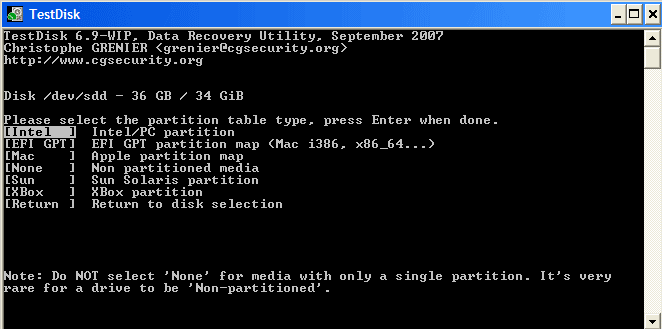

Step 3: In the Registry Editor, navigate to the following folder:Ĭomputer\HKEY_LOCAL_MACHINE\SYSTEM\CurrentControlSet\Control\StorageDevicePolicies. Step 2: Go to the Start, type regedit in the Search box, then hit Enter to open the Registry Editor. Step 1: Connect removable device which is write protected with Windows PC. If you'd rather use the Windows Registry to remove write protection from a USB drive or SD card, use regedit to make the change. Option 1: Use Regedit.exe to remove write protection A less complicated approach is to use diskpart. A popular method is to change the registry key, but this is scary for some people. There are many ways to remove the write protection of a USB drive from Windows. Delete the virus as soon as it is found, then remove the write protection from the read-only flash drive. You need to download anti-virus software and scan your USB flash drive. In addition, if the USB flash drive is infected and attacked, you can also check it.

If the media has this switch, be sure to set the switch to write (unlock) instead of read-only. If your computer tells you that the media is write-protected, check the switches on the storage device (USB or SD card).

Image: © IB Photography - Shutterstock.How to Format a Write Protected USB Drive Using CMDĬan't format a USB pen drive because it is write protected? When I try to format a flash drive, pen drive or SD card, get the "disk is write protected" error message? Don't worry! There is an easy way to remove the write protection and format the USB flash drive or Pen drive without any hassle. For hard disk drives, type format fs=ntfs quick: If the drive has more than one partition, type clean all:įinally, type format fs=fat32 quick. Once you are sure that you have selected the correct drive, type clean. The detail disk option also allows you to check if the drive cannot be formatted because it is write protected: If you do not know with certainty which one is your USB drive or SD card, type detail disk to verify that the chosen unit is the correct one. It is important to follow the instructions to the letter. Any mistakes during this step may result in the loss of data that you do not want to delete. Once you know where it is, type select disk and enter the number of the USB drive, SD card, or hard disk: Once the black window appears, type list disk, then press Enter: In Windows XP, you will need to type diskpart.exe. Once the window opens, type diskpart, and press Enter: How To Use DiskPart to Clean, Format, and Fix USB Flash Drive and SD Card This can be done easily with a tool, called DiskPart. Although inconvenient, this issue is not impossible to remedy. When this is the case, you will receive an error message reading, "Windows could not complete the format". Occasionally, you may find that your USB drive, SD card, or hard disk cannot be formatted because it is corrupt.


 0 kommentar(er)
0 kommentar(er)
